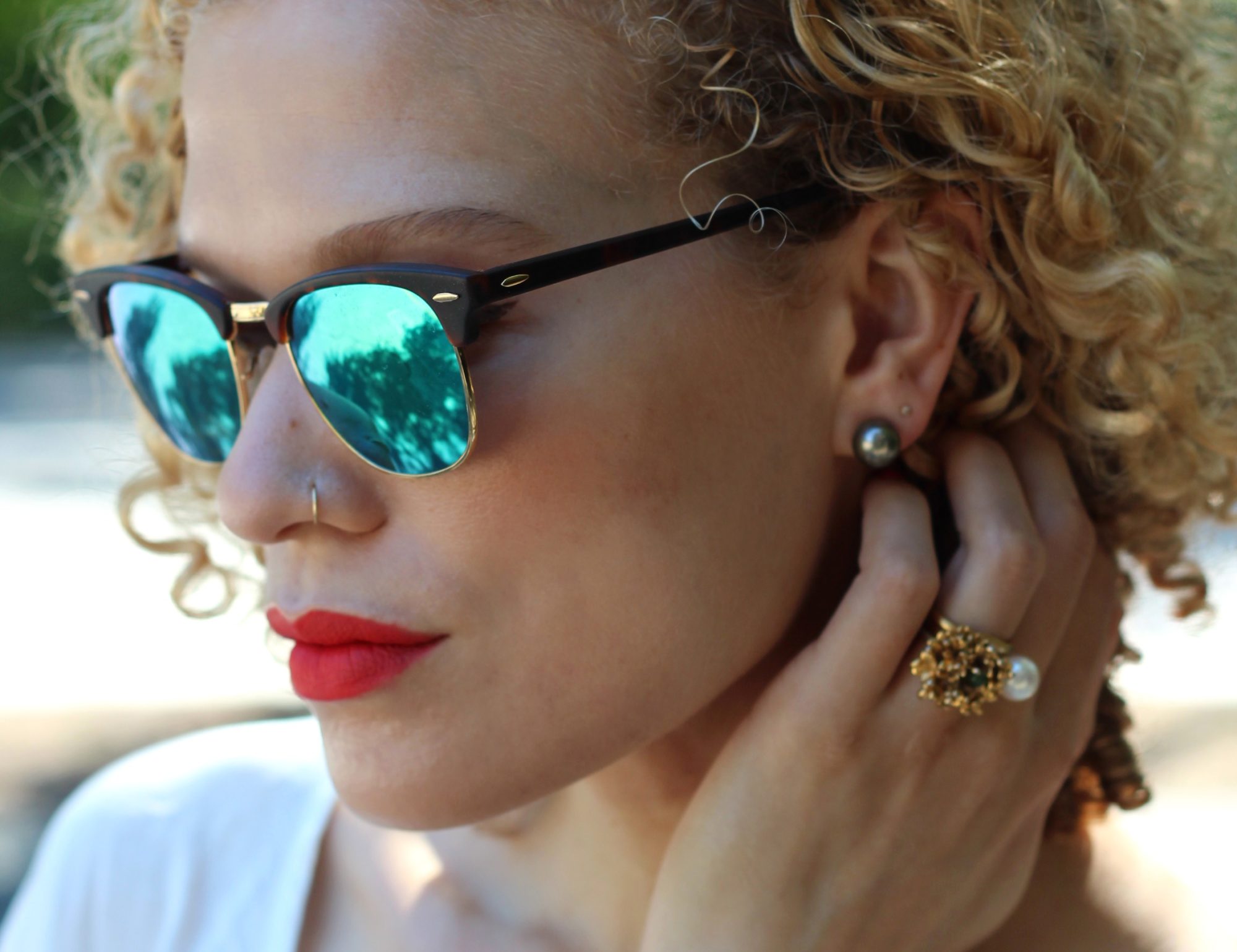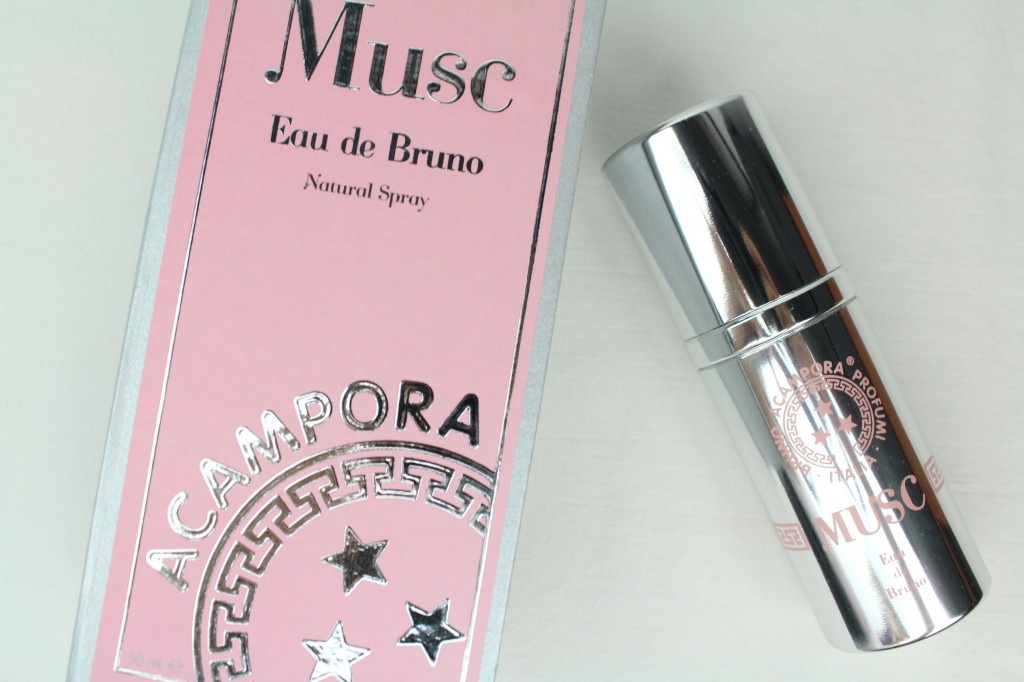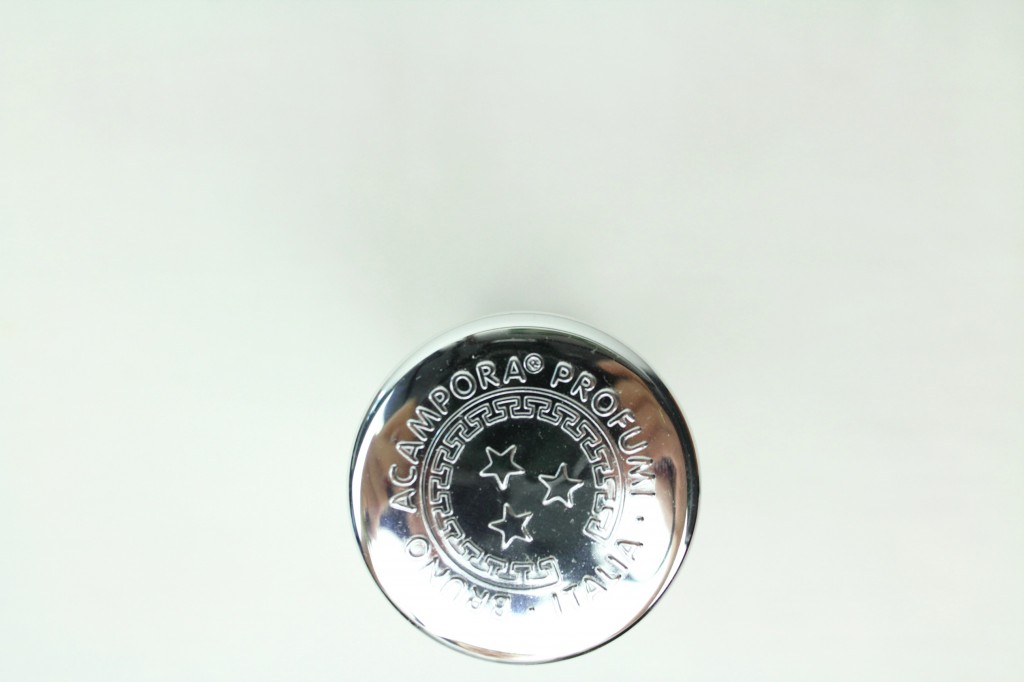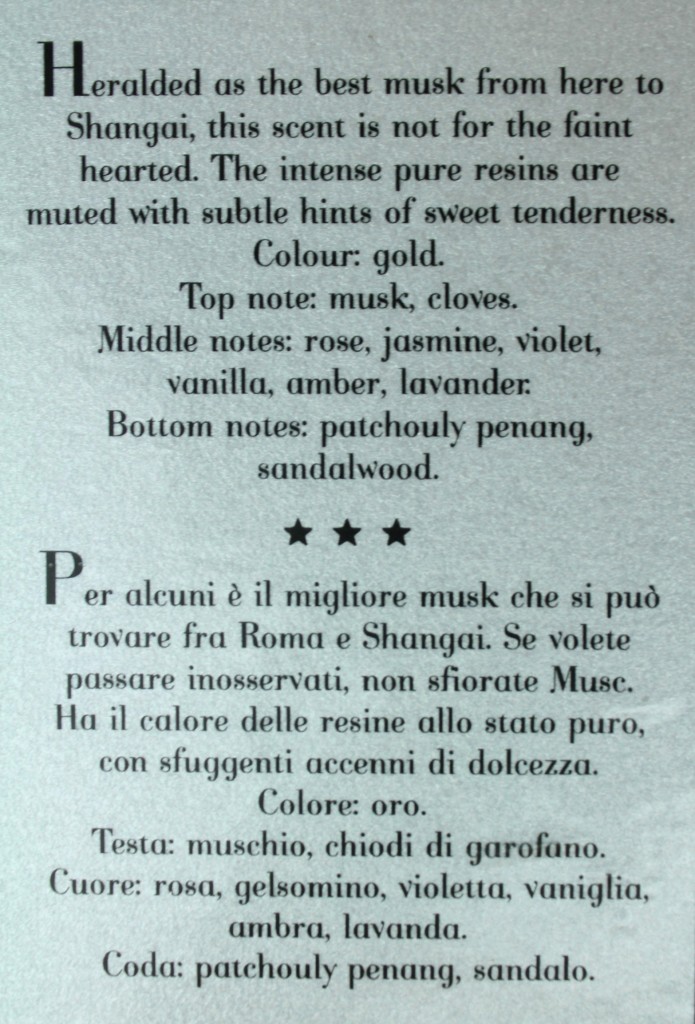When I finally picked up Bruno Acampora’s Musc this winter it had been at the top of my fragrance wishlist for over a year. I first heard about it when Katie Puckrik reviewed it on her channel and was, like many, instantly curious. A deep, earthy musk, beautiful, entirely unisex. The team at Lucky Scent gave it an unabashedly glowing review and I knew that I must smell it.
They are right. It is beautiful. It is earthy. It is resinous. It is not, somehow, to my nose, that musky…it is musky, but not that musky. It doesn’t feel overwhelmingly like musk. Actually, it feels like patchouli (there is patchouli in the base). Like a rooty, vegetal, loamy patchouli.
The opening is peppery and vivid, there is that wonderful healthy basement odor I was trying to describe for Lalique’s Encre Noir. This is a completely different fragrance but it has that same great moldy element. For me it is distinctly mushroomy, which I mean in the best way. Imagine a dark loaf of bread that has just begun to mold, that point where the mold does not yet smell like a warning but instead like an invitation. The mold only adds depth and complexity to the smell of the yeast and the grain, and a slight powdery quality. [Everybody with me?] At the same time there is something I want to call sweet about it. Imparted partially by the cloves, perhaps. It is not sweet, but it has that level of saturation and intensity that sweetness can achieve. In the nose and mouth it feels the way sweetness feels. This is a proper, proper perfume. It is intense, concentrated, and a little goes a long way.
The back of the box. “Color: gold.” That’s the color I am! In my mind/heart!
Part of the delight of this fragrance is the complexity, and the strangeness. It is hard to identify what you are smelling (I can’t really pick out the individual florals they reference in their description above), creating the [accurate] impression of an elaborate structure. This is the flip-side of the appeal of a clean, one-note fragrance; a simple citrus or soliflore that delights with its bright simplicity. Dark complexity is equally compelling, and Bruno Acampora Musc has it. The real beauty is, when I wear it, I think I have it, a bit. Or, at least, I project it. A few hours after application I find it wonderfully subtle, a muted and more ambery version of its initial self.





